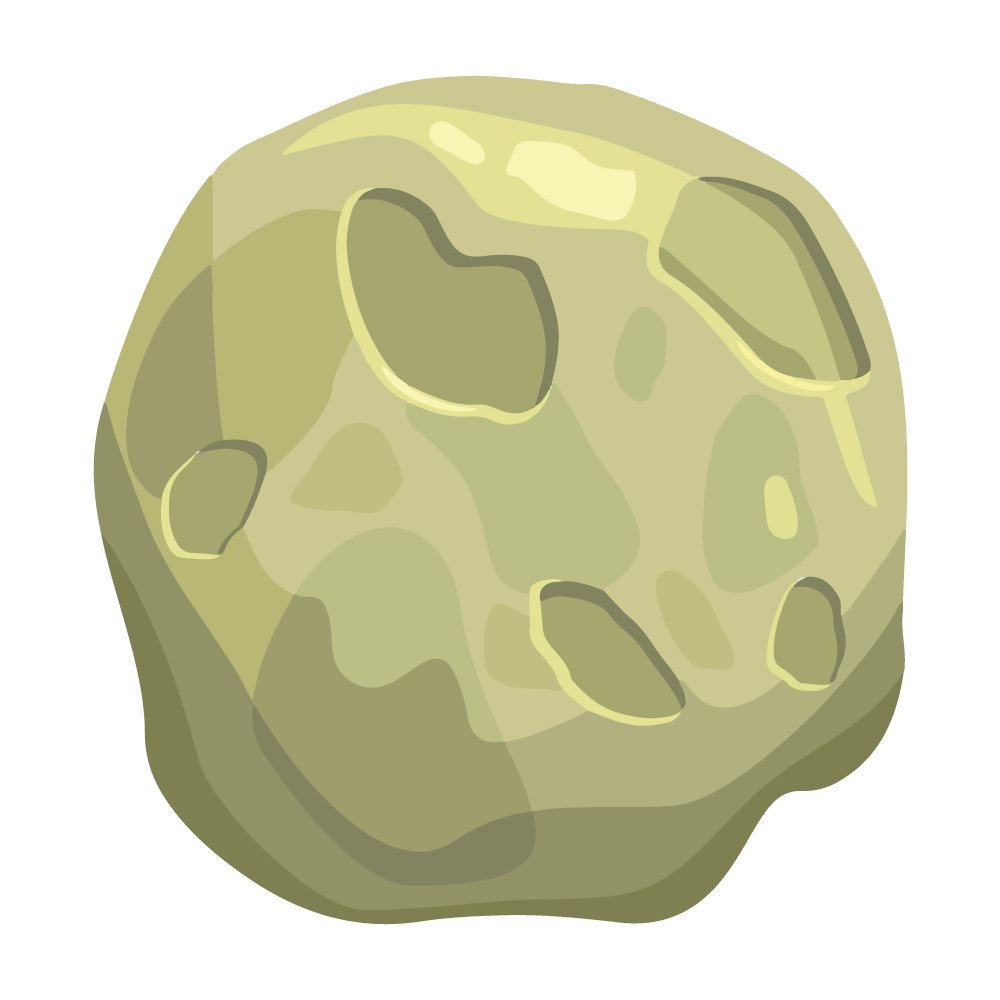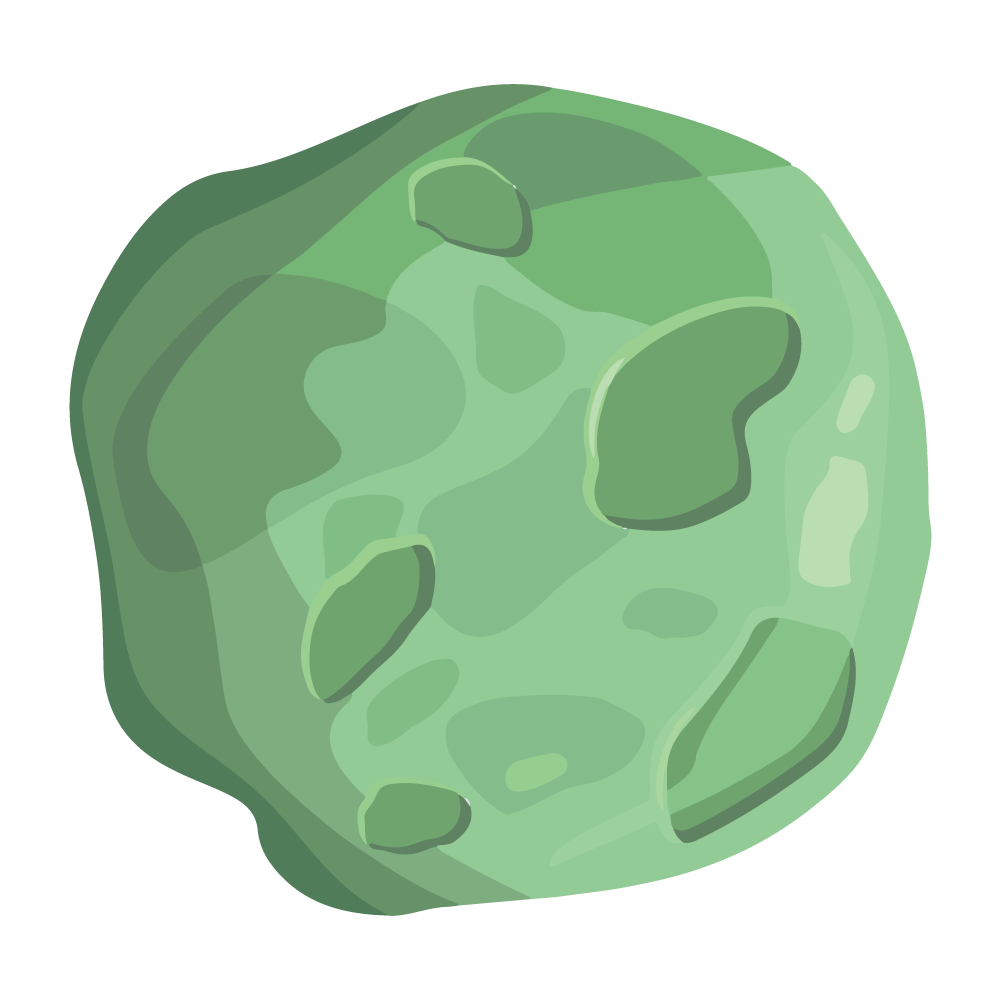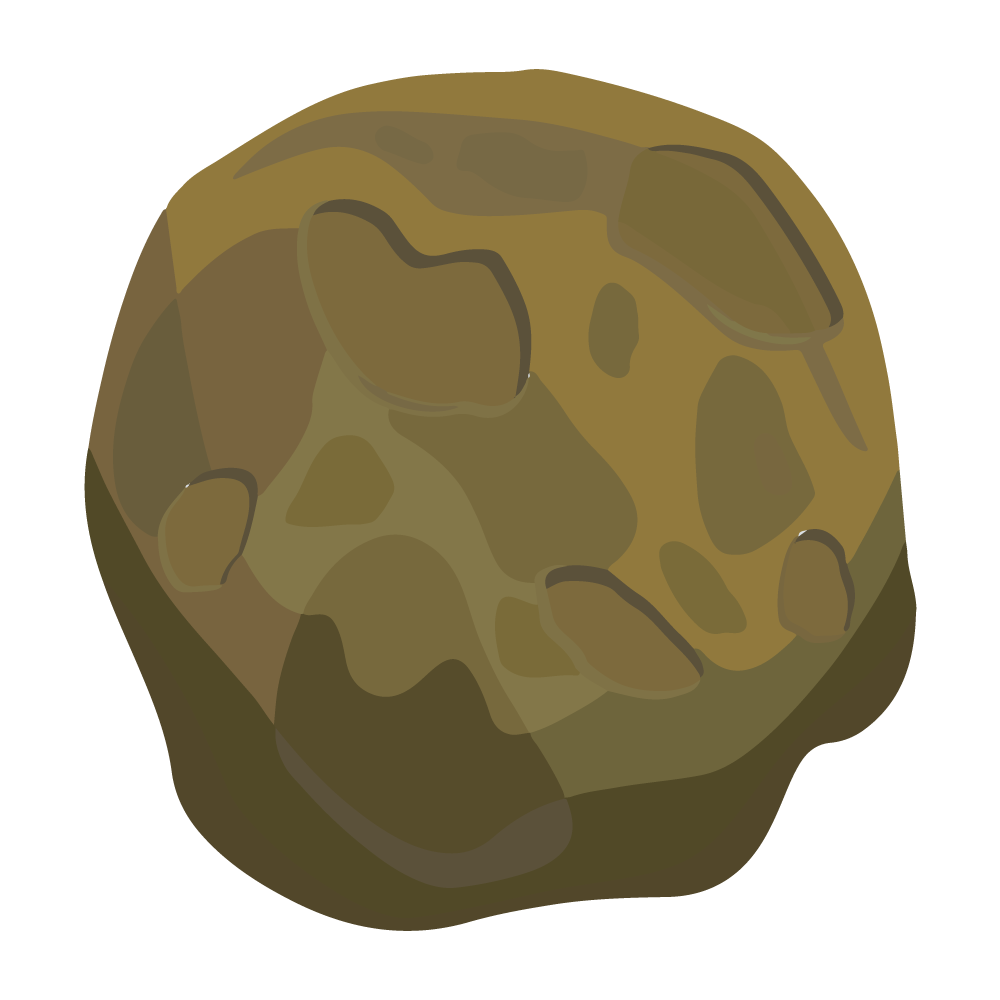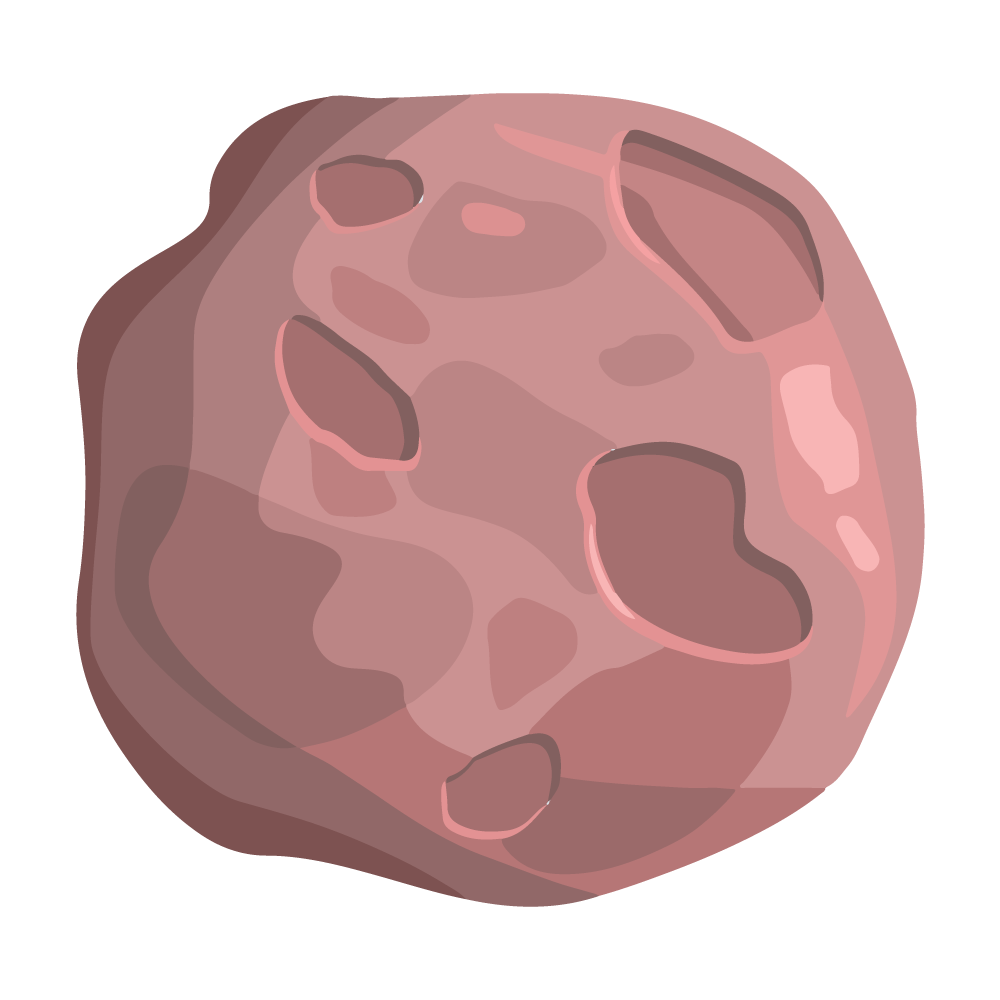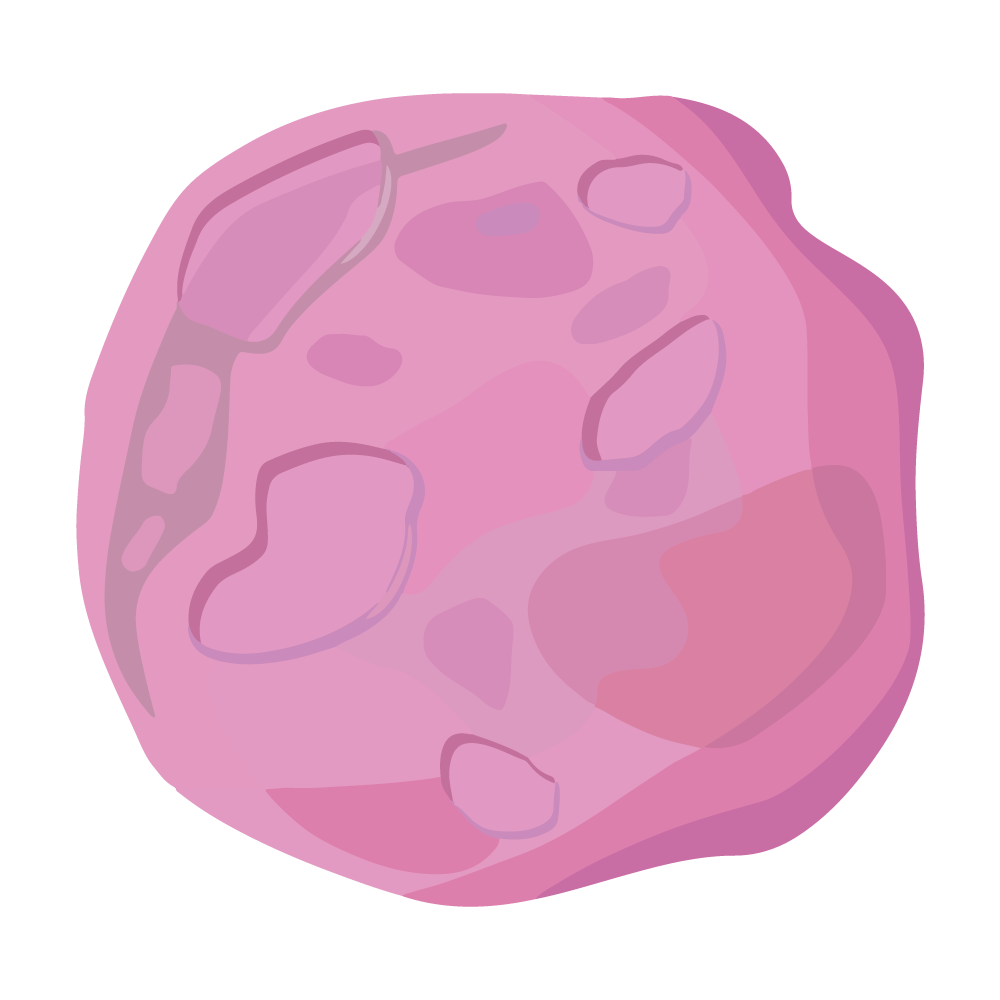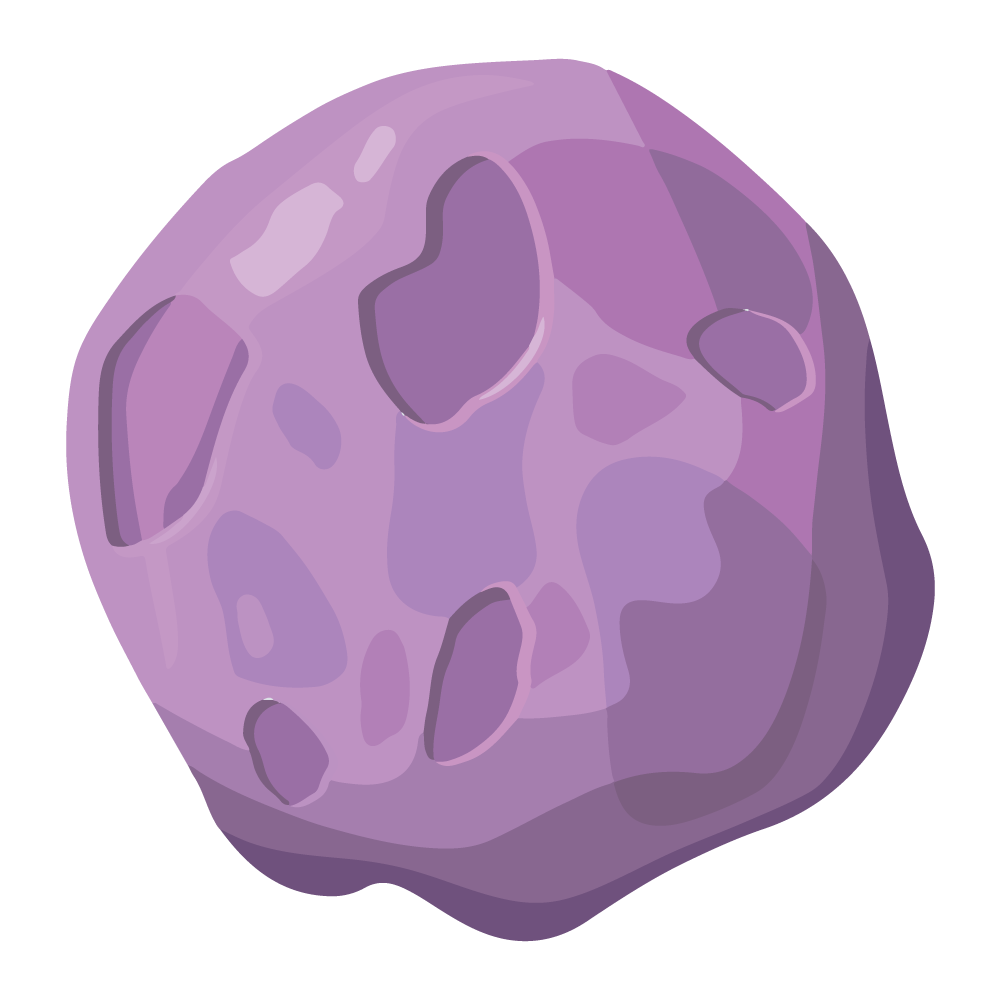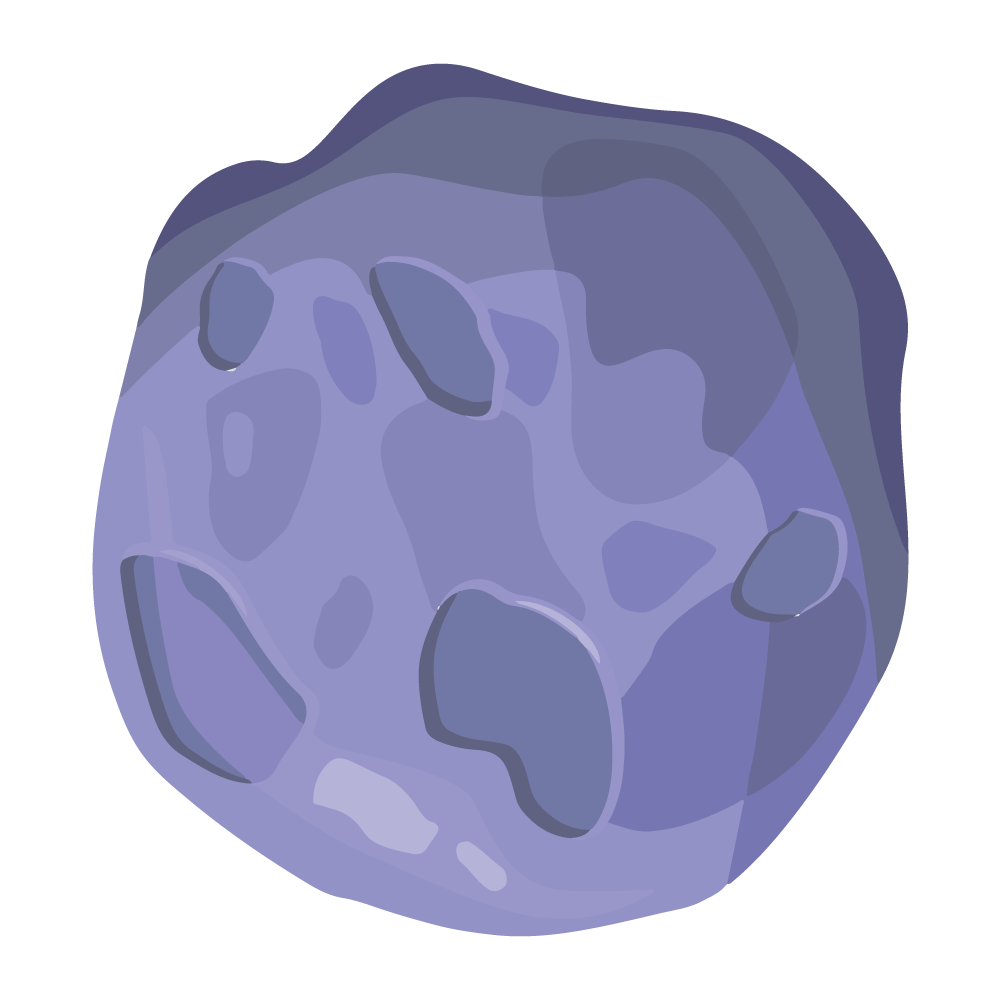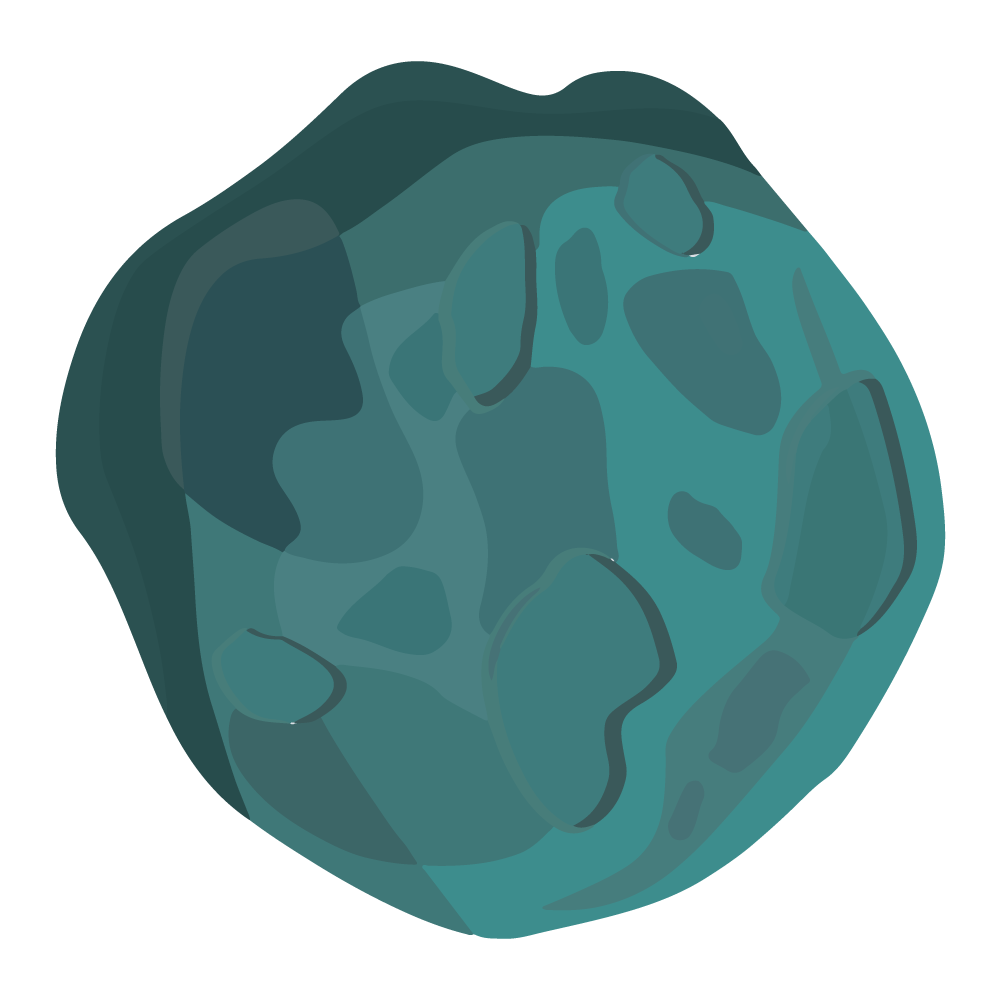Located near the eastern lunar limb, the feature is circular in shape. It lies on the eastern shore of the Mare Fecunditatis. To the south is the overlapping crater pair Vendelinus and the smaller Lamé.
The inner wall is wide and irregularly terraced, with an average width of about 20 kilometers. The outer ramparts are irregular and hilly, and there is a bright, fragmented ray system spread across the mare to the west. The interior of the crater has a higher albedo than the surroundings, appearing bright when the Sun is overhead.

